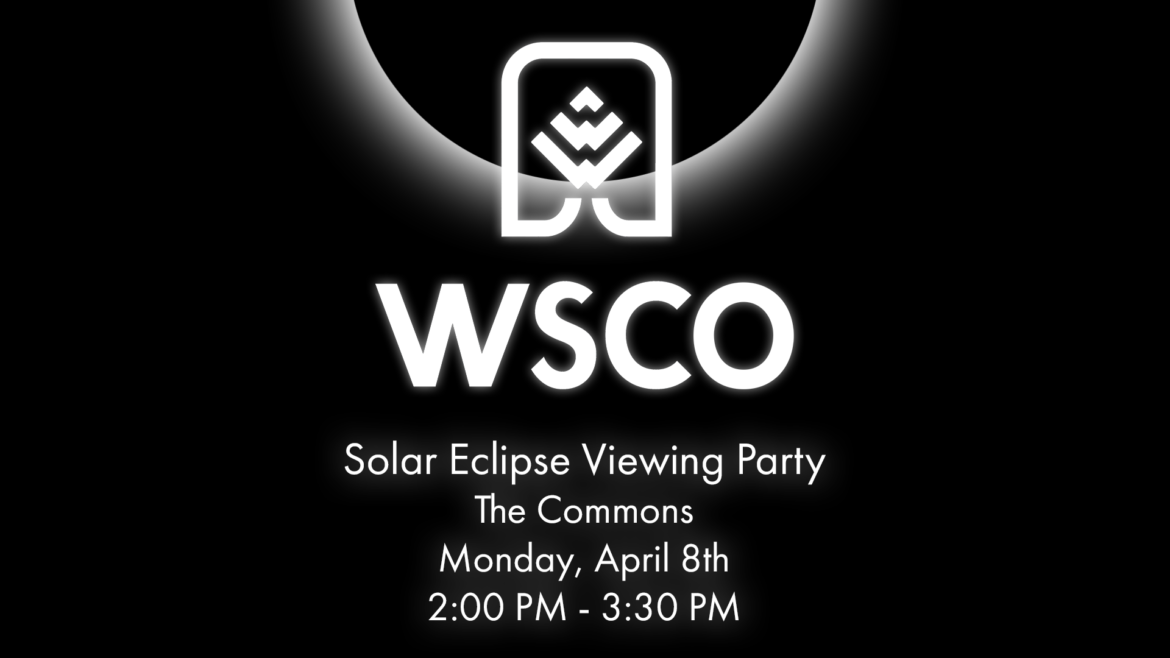MARIETTA— Washington State College of Ohio invites the community to be a part of an exciting celestial event and experience the upcoming solar eclipse on its campus.
On Monday, April 8, 2024, from 2:00 p.m. to 3:30 p.m. Washington State will have an eclipse viewing party. The event will be led by WSCO’s astronomy expert and instructor Dr. Dean Hirschi who will explain the phenomenon and educate participants on what to look for and how to view the eclipse safely.
In parts of the United States, the astronomical phenomenon of a total eclipse will give spectators, for a brief period of time, a peak at the sun’s corona while standing in the shadow of the moon. “We can’t normally see the corona because the surface of the sun is so much brighter,” said Hirschi. “But during a total solar eclipse, the corona becomes visible for people in the right location, offering a unique opportunity for an incredible experience.”
He went on to explain that in Ohio, only northern portions of the state will see the eclipse in totality. Here in Marietta, it will be what experts are identifying as a deep partial, but spectators will still experience a 96.1% blackout.
“We will definitely see a significant change when the eclipse reaches its maximum. If we have a clear day, the sky will turn an abnormally deep shade of blue,” described Hirschi. “In many places, animals have reacted as if it were night.”
The duration of the eclipse will be up to 4 minutes and 27 seconds, almost double that of The Great American Eclipse of August 21, 2017. In the US, totality will begin in Texas at 1:27 pm CDT and will end in Maine at 3:35 pm EDT on April 8, 2024. In Marietta, the eclipse will begin at 1:57 p.m. through 4:28 p.m. and reach maximum visibility at 3:14 p.m.
The WSCO Eclipse Viewing Party will begin at 2 p.m. and will offer spectators two viewing options. They can watch from the lawn just outside of The Commons, the college’s student union/cafeteria area. This will be contingent on favorable weather conditions. The college will have NASA-approved eclipse viewing glasses available as well as a telescope set up for a more up-close experience. Additionally, the eclipse will be broadcast live on the campus 14-foot television screen in The Commons.
Only 21 total solar eclipses have crossed the lower 48 states in the entire existence of the United States. After the April 8 event, the next total solar eclipse that can be seen from the contiguous United States will be on Aug. 23, 2044. However, here in Ohio, the next visible one won’t be visible until 2099.





